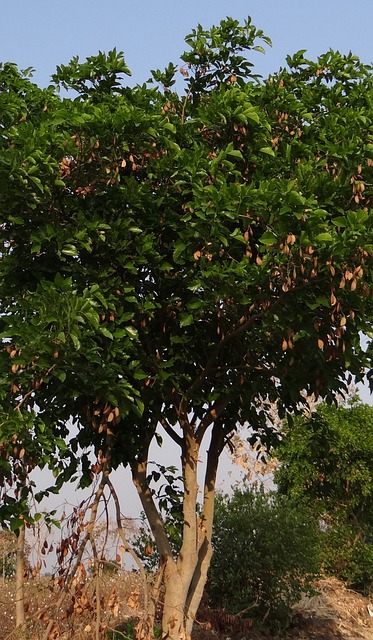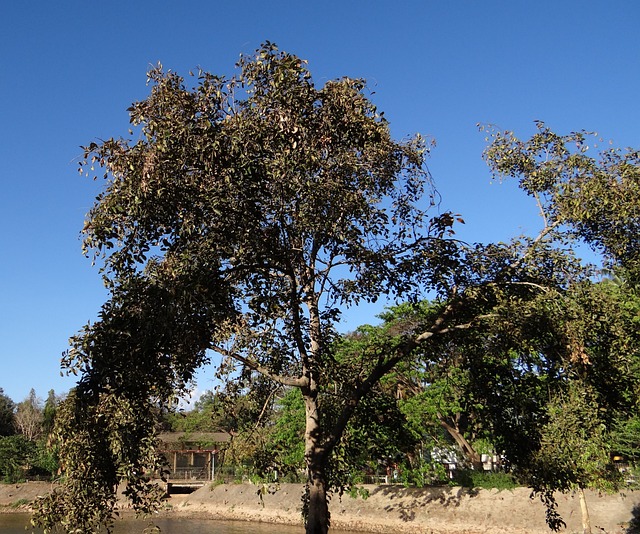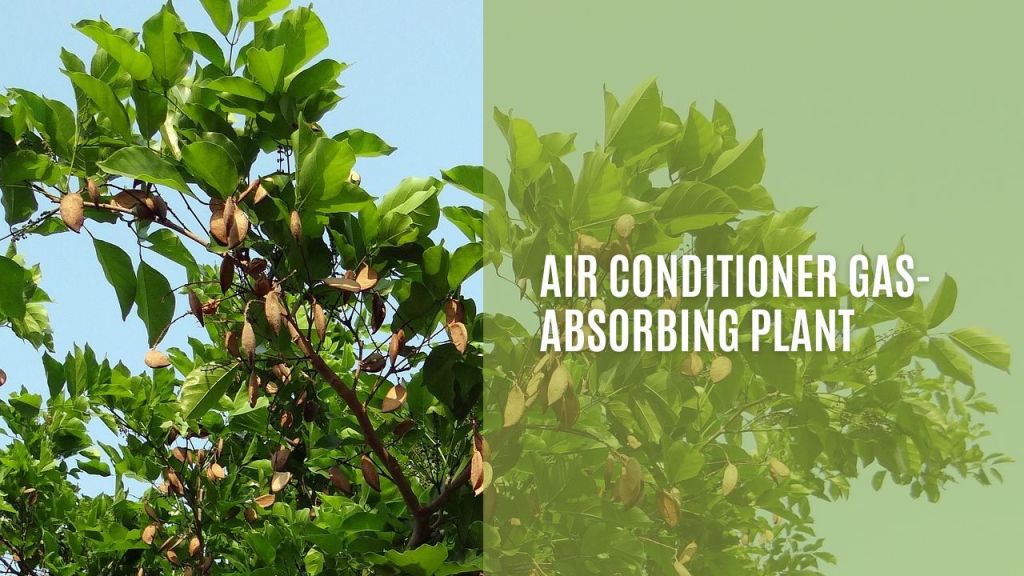If you have Pongamia tree in front of your house, you won't need an air conditioner.
Air conditioners and fridges contain potent greenhouse gases known as hydrofluorocarbons (HFCs). Chlorofluorocarbons and hydro-chlorofluorocarbons are two hazardous gases that are released by air conditioners and refrigerators. Due to their inclusion in the greenhouse gases that trap heat and cause the ozone layer to thin, they have a detrimental effect on the ecosystem. Recent studies have shown that Pongamia absorbs gases like chlorofluorocarbons (CFCs), especially R12, which lowers heat and lowers temperature.

Geography
Scientific name: Millettia pinnata
Rank: Species
Higher classification: Millettia
Family: Fabaceae
Kingdom: Plantae
Order: Fabales
Pongamia Pinnata, often known as the malapari or karanja tree, ( Kanuga in Telugu )and also known as Millettia pinnata, has a wide native range in Asia and Australia. Additionally, the plant is grown in other nations like the US and Africa. The tree has a lot of promise for reforesting damaged or degraded environments, according to recent study. The tree thrives in humid, subtropical conditions, and thanks to its extensive root system and robust taproot, it is drought resistant.
Pongam is a rapidly expanding evergreen tree that may grow to a height of 40 feet and a spread of up to 55 feet. It casts a broad, spreading canopy that provides mild shade. It is a source of bio-diesel and is applied externally in Ayurveda to shrink pile mass and hasten the healing of wounds and abscesses.

Common names
Karanja, karanj, pongam, Indian beech, Pongamia tree, Indian pongamia, pongamia [English]; arbre de pongolote [French]; malapari, mempari [Indonesian]; bangkong [Javanese]; Igiti cy’Ubuhinde [Kinyarwanda]; kranji [Madurese]; pokok mempari, mempari, kacang kayu laut, biansu [Malaysian]; bani [Philippines]; ki pahang laut [Sundanese]; pongami, honge [Swahili]; Đậu dầu, cây sồi Ấn Độ, cây Pongam, cây Honge [Vienamese]; করচ [Bengali]; 水黄皮 [Chinese]; करंज [Hindi; Marathi]; ഉങ്ങ് [Mayalayam]; புங்கை [Tamil]; కానుగ [Telugu]; หยีน้ำ [Thai]
What purpose does Pongamia pinnata serve?
Pongamia pinnata has been used as an unprocessed medication to treat tumors, piles, skin conditions, and ulcers. The root can be used to treat vaginal and skin conditions as well as gonorrhea, as well as to clean teeth, gums, and ulcers.
Does Pongamia oil work well on hair?
Antioxidants and other vital chemicals included in Pongamia oil help to improve the health of all hair types and delay the onset of premature greying. Additionally, it serves as an astringent and guards against infections on the scalp. This oil's anti-fungal characteristics can be used to treat dandruff, dryness, and itchy scalp.
Environmental Impact
Planting trees and reclaiming dirt
On poor, deteriorated, or salty soils, Karanja is said to be able to produce oil. In India, karanja trees have been utilised for revegetation and soil reclamation around coal mines.
Binder and enhancer for soil On sloping uplands in India, peasants have long used karanja to bind the soil.
